Hands-on with Samsung's iterative AI-packed Galaxy Z Flip 6 and Z Fold 6
Samsung's Galaxy Z Flip 6 and Z Fold 6 are official, with upgraded imaging tools, more power and new AI smarts
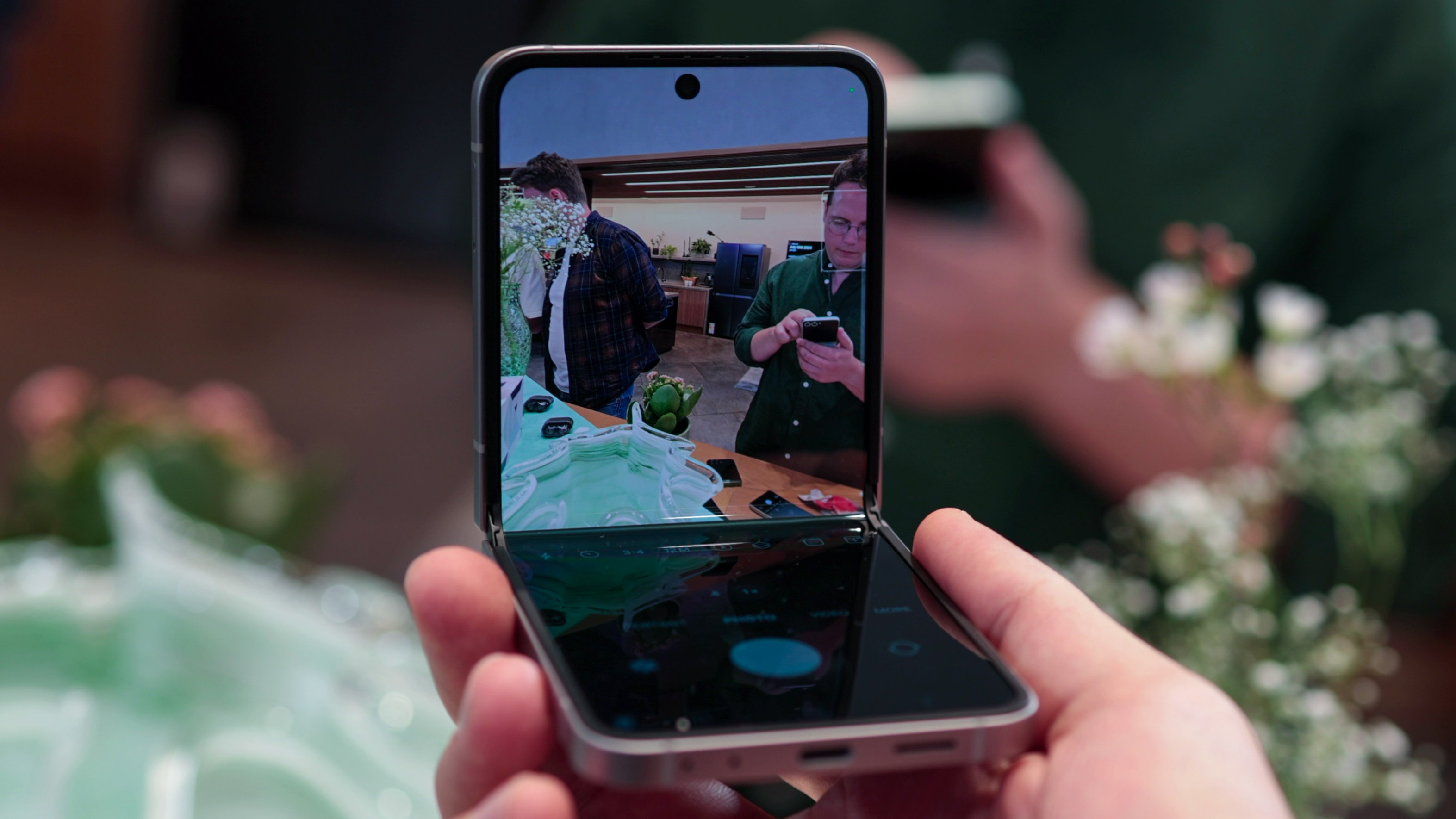
Samsung has announced its 2024 foldable lineup, the Galaxy Z Flip 6 and Galaxy Z Fold 6, iterative updates to last year's Galaxy Z Flip 5 and Galaxy Z Fold 5. In the past, Samsung has had a relative monopoly on the foldables market, but that's starting to change. Honor's mighty Magic V2 is exquisitely thin for a foldable, the OnePlus Open seriously impressed us with its cameras, and Motorola's new Razr 50 Ultra is upping the stakes for flip phones. So has Samsung done enough with its Z Flip 6 and Z Fold 6?
Samsung seems most excited about the AI features its two new foldables are launching with. Its Galaxy AI has been rolled out across 3.2 million devices in the UK since January 2024, and Samsung clearly wants to be the poster child for artificial intelligence on smartphones.
For the Z Flip 6 and Z Fold 6, the most interesting AI feature is part-folded cover-screen interpreting, so you can have a conversation with someone, they see their language (French, for example) on the front display, and you see the English translation on the main display.
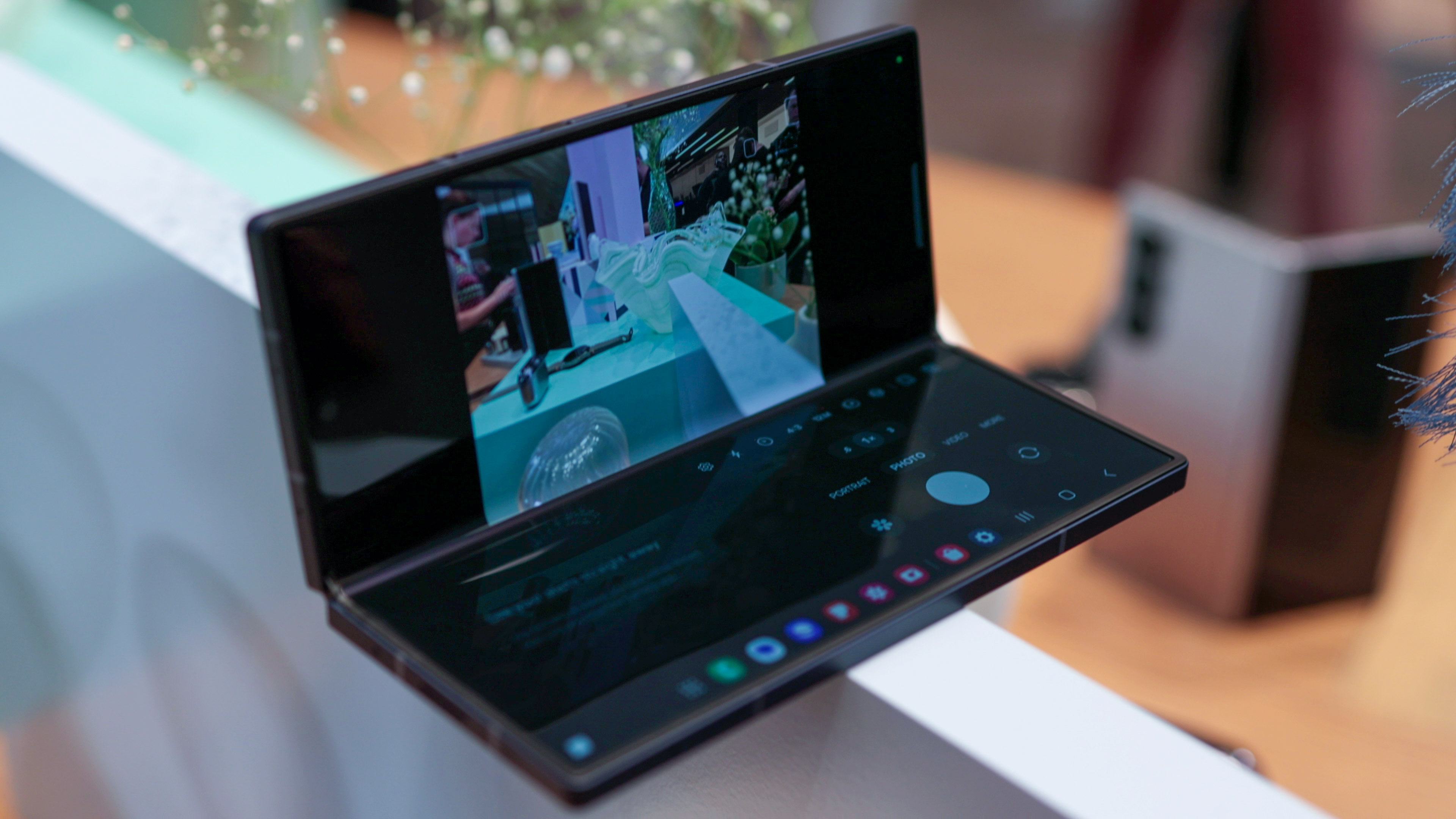
There are some smart AI imaging features we haven't seen on other Galaxy devices too. The Z Flip 6, for example, can auto-frame a subject when part-folded between 0.6-3x zoom.
When editing a photo, you can sketch on a picture you've taken and Samsung's Galaxy AI will turn that sketch into an element on your picture – a hat, for example – and it will attempt to embed it within the image in a natural way. You can also create a Pixar-like illustration or sketch from a photo you've taken.
As for the more serious AI editing tools like object removal, these are all back from the Galaxy S24 series, read our Galaxy S24 Ultra review to find out more about them.
Samsung Galaxy Z Flip 6: what's new?
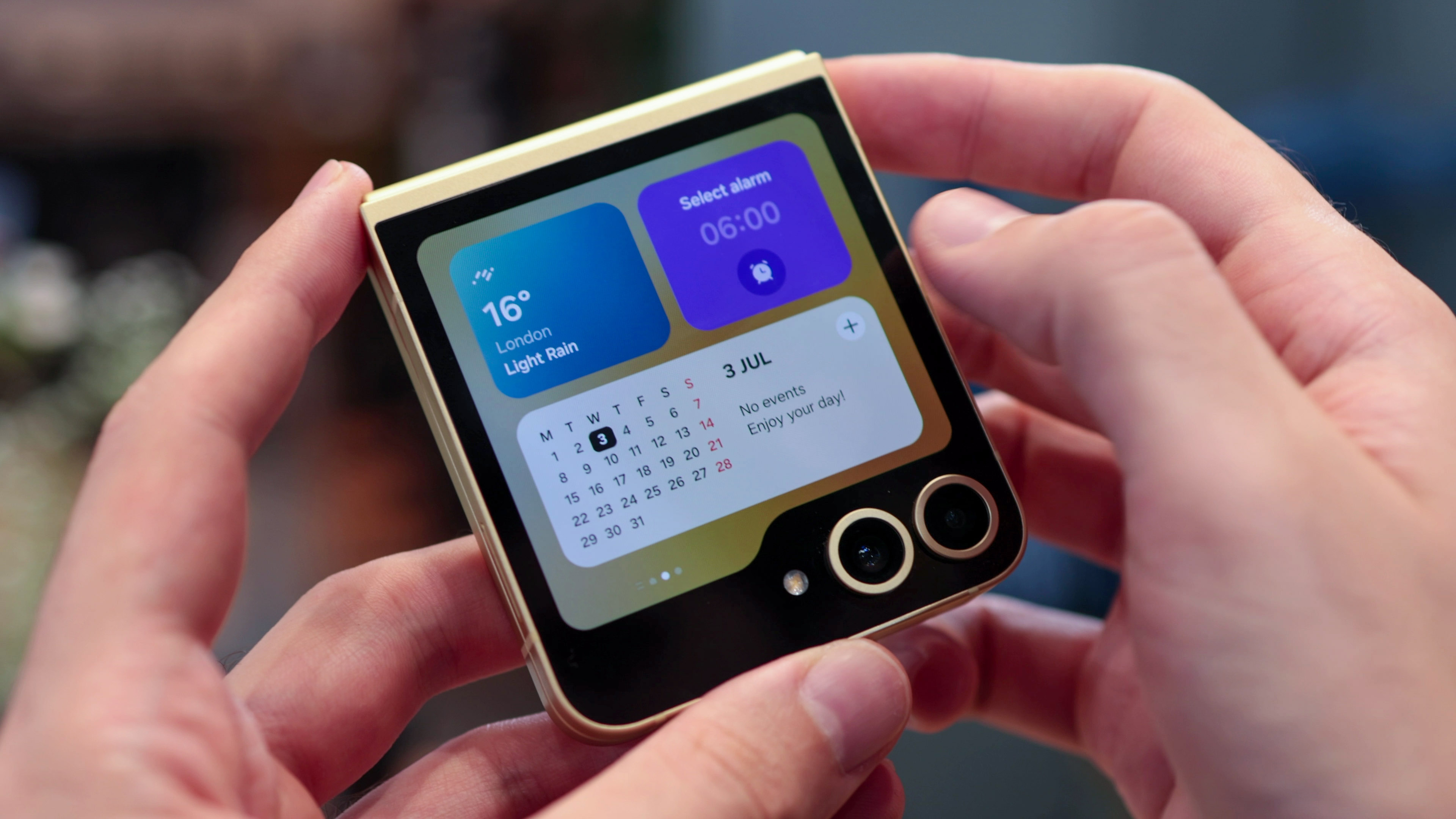
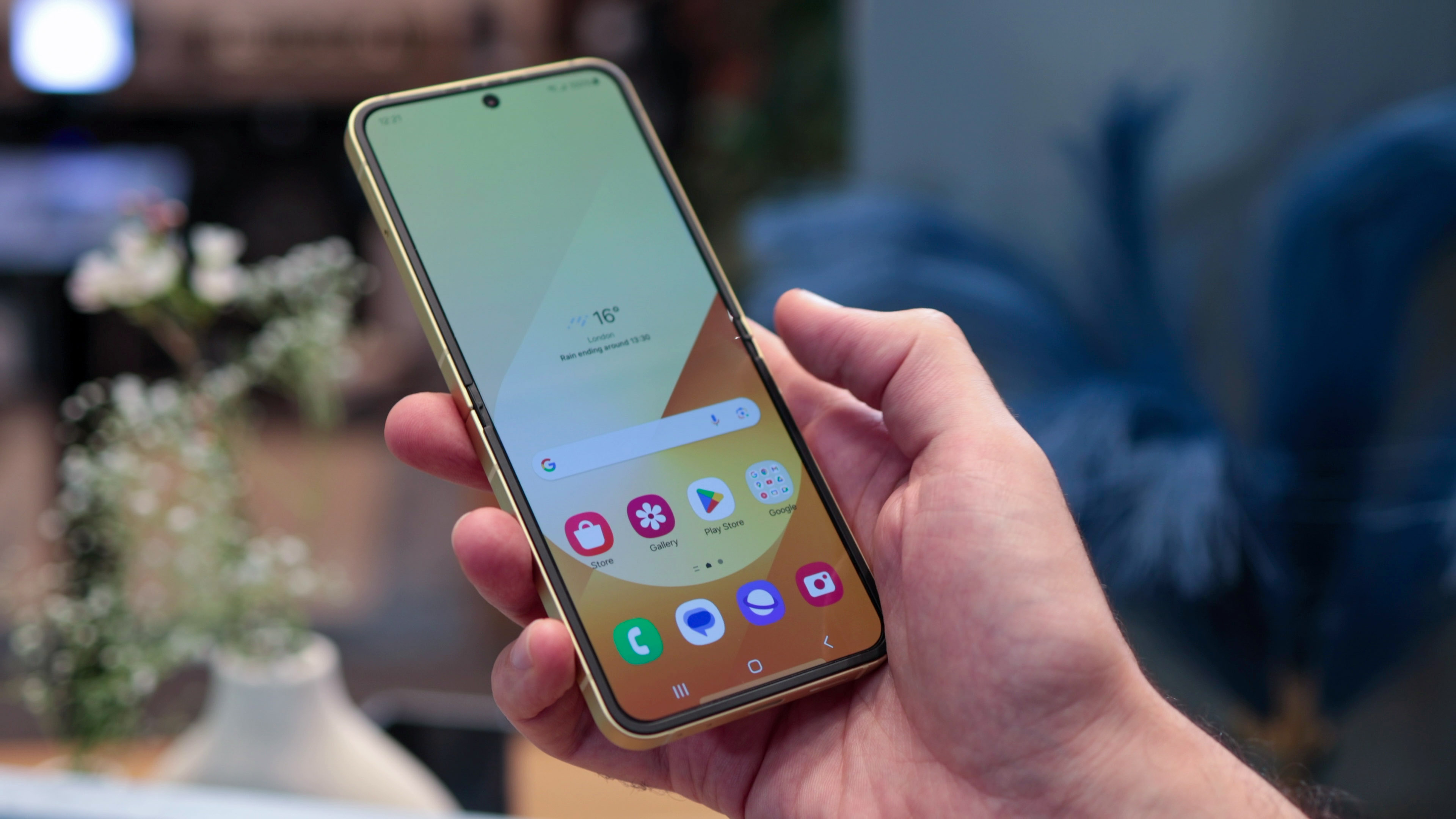
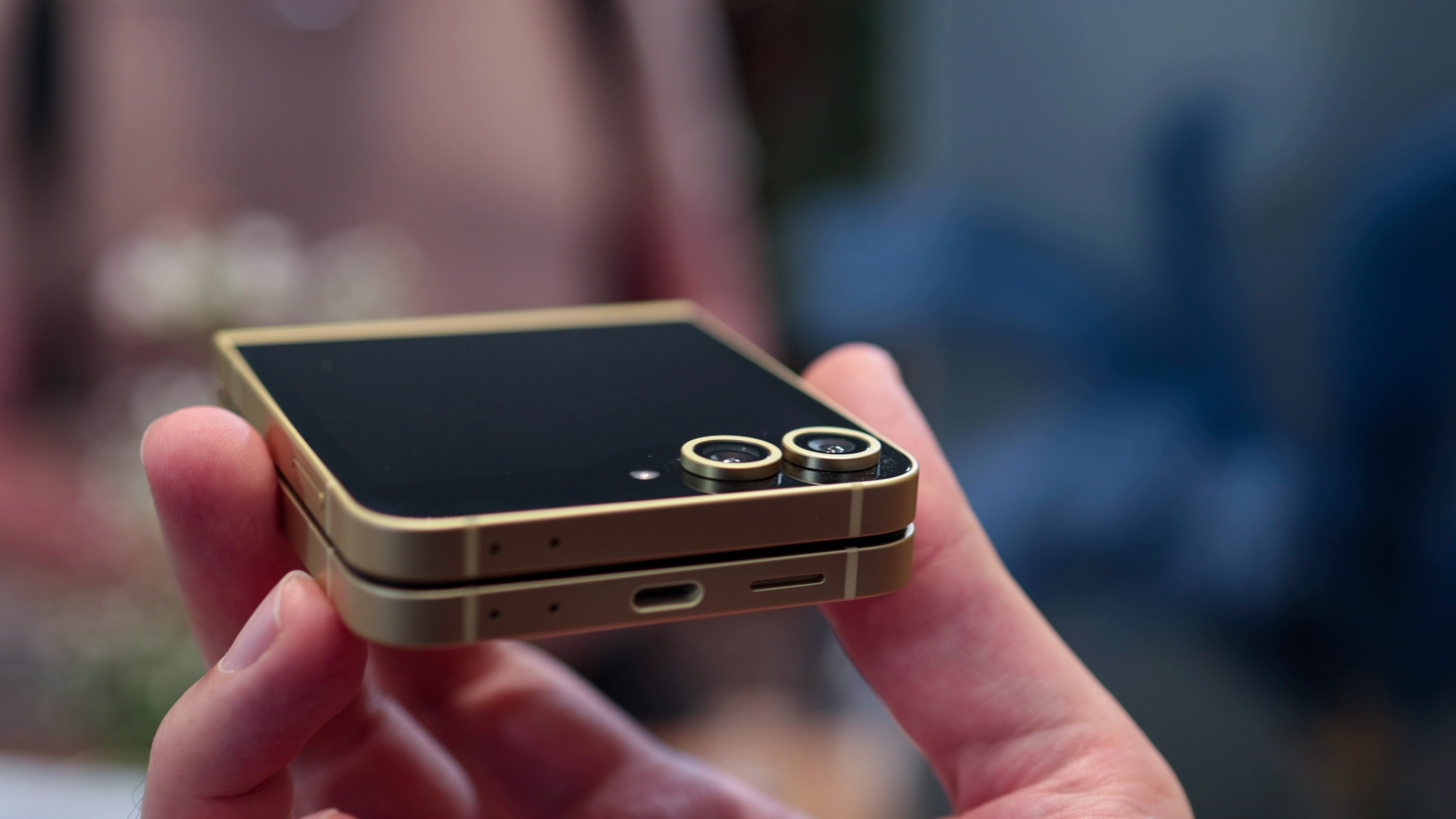

The Samsung Galaxy Z Flip 6 is available in three colors: Mint, Silver Shadow, Yellow and Blue, all new for 2024. Samsung has rejigged its camera design and improved the cover screen UI, adding a new interactive wallpaper and also integrated AI into cover screen message replies. It does this by analyzing the last 10 messages in a conversation and choosing an appropriate tone.
Get the Digital Camera World Newsletter
The best camera deals, reviews, product advice, and unmissable photography news, direct to your inbox!
The main camera of the Galaxy Z Flip 6 has also been upgraded over its predecessor, bumped up to a 50MP sensor (the same main camera as the Galaxy S24), and the ultra-wide also features a newer sensor, so challenging scenes and lowlight video should be handled better this time around.
Samsung has also worked to integrate all its photo processing, from night mode to lowlight video enhancement, directly within key third-party apps. This should save users from having to jump out of Instagram to record a Story or Reel.
Other updates include a new Qualcomm Snapdragon 8 Gen 3 for Galaxy chipset, upping the power, and with a vapor chamber cooling system – a first for the line – it should manage heat better than the Z Flip 5, an issue we faced when reviewing it.
The phone will also have a modest 4000mAh battery and be available with either 256GB or 512GB storage and 12GB RAM.
Samsung Galaxy Z Fold 6: what's new?
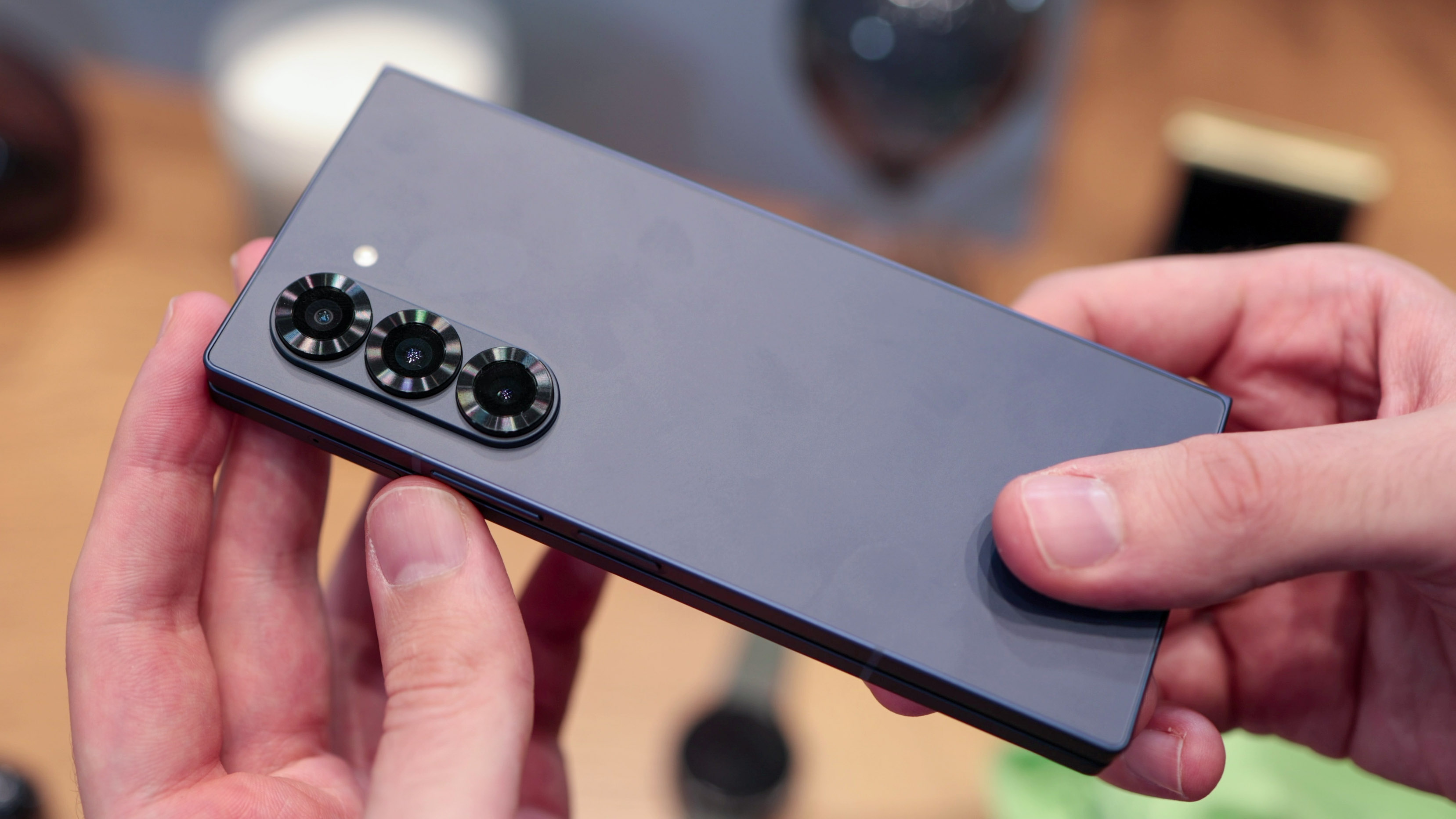
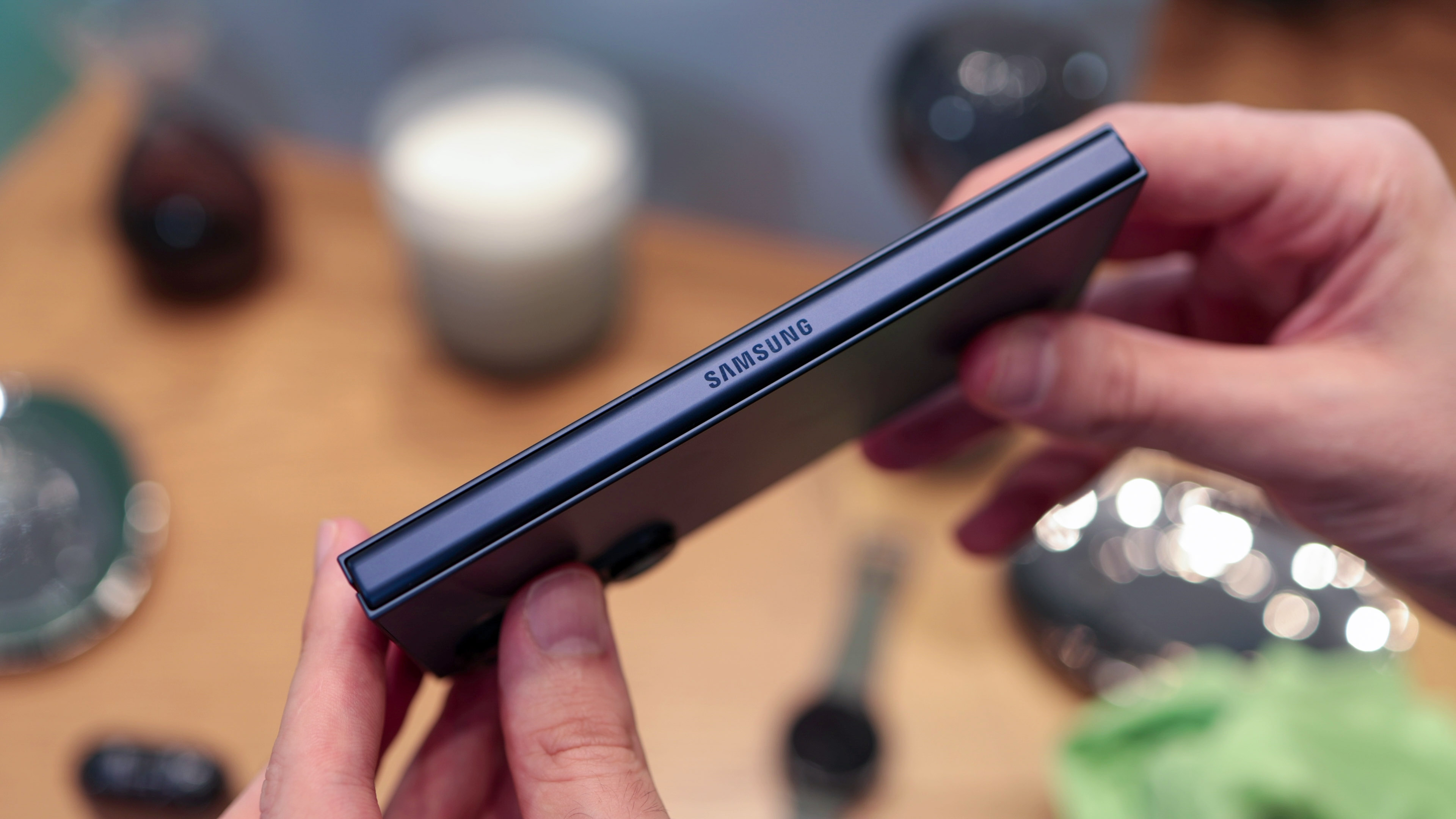
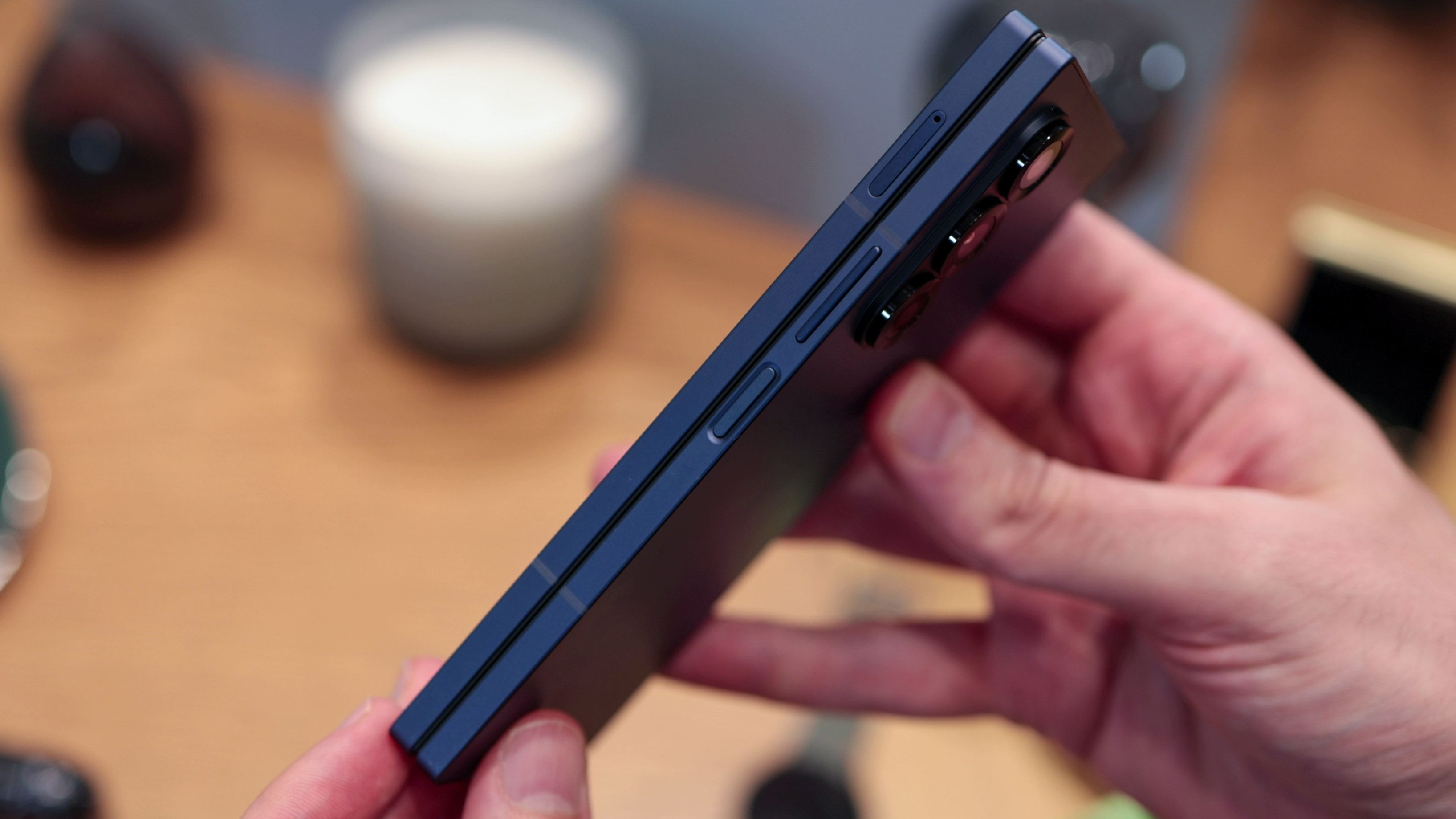
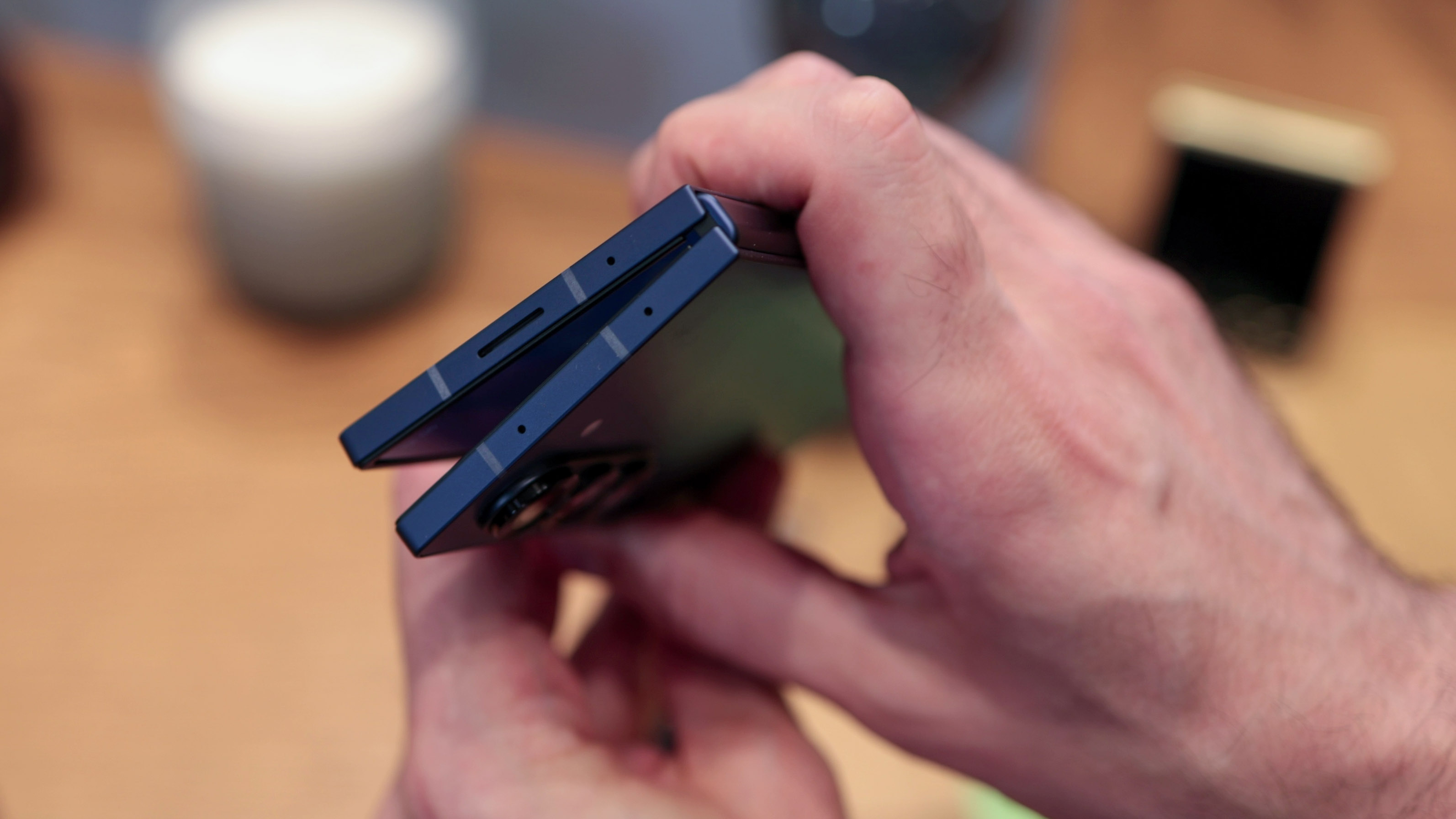

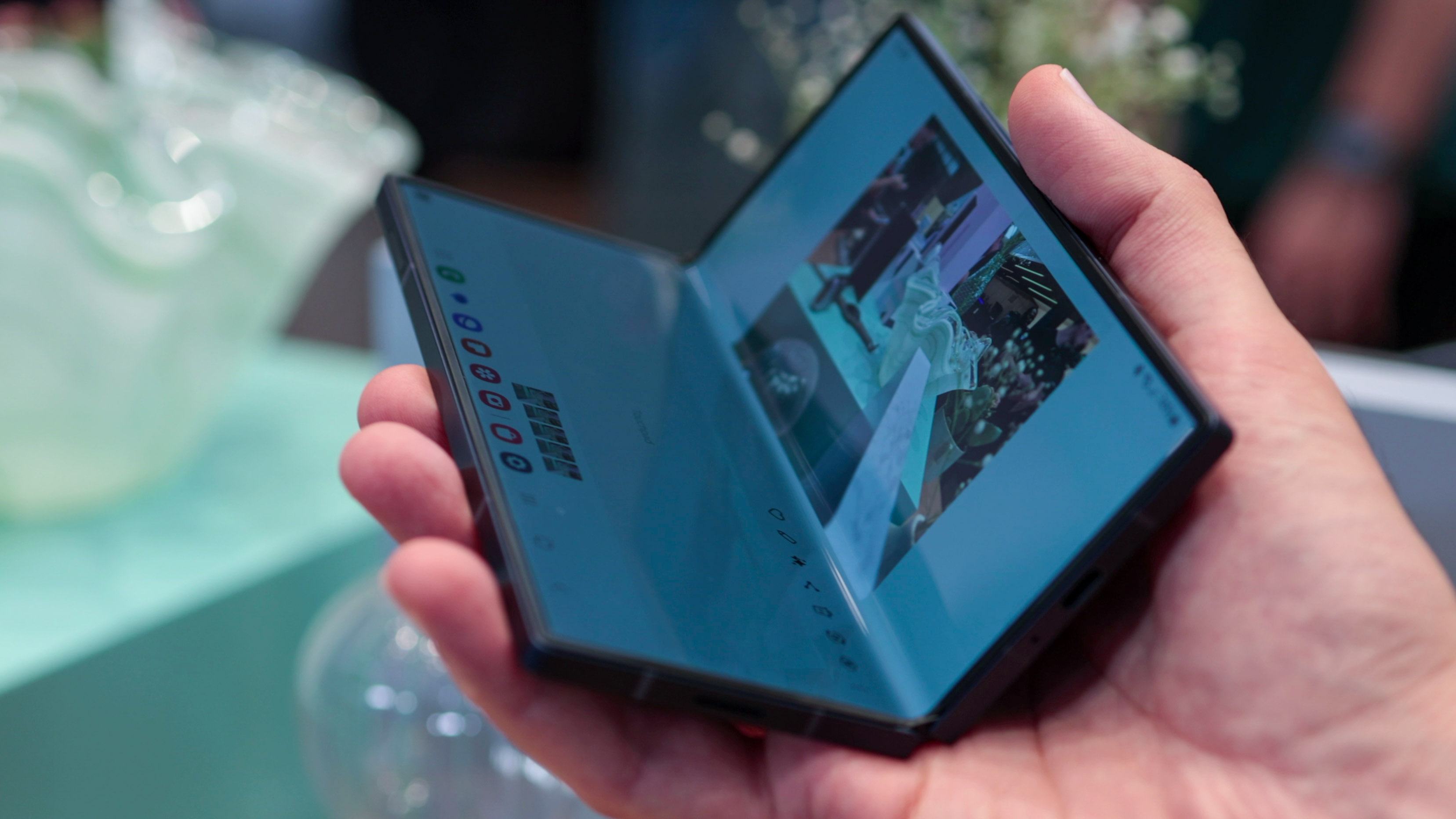
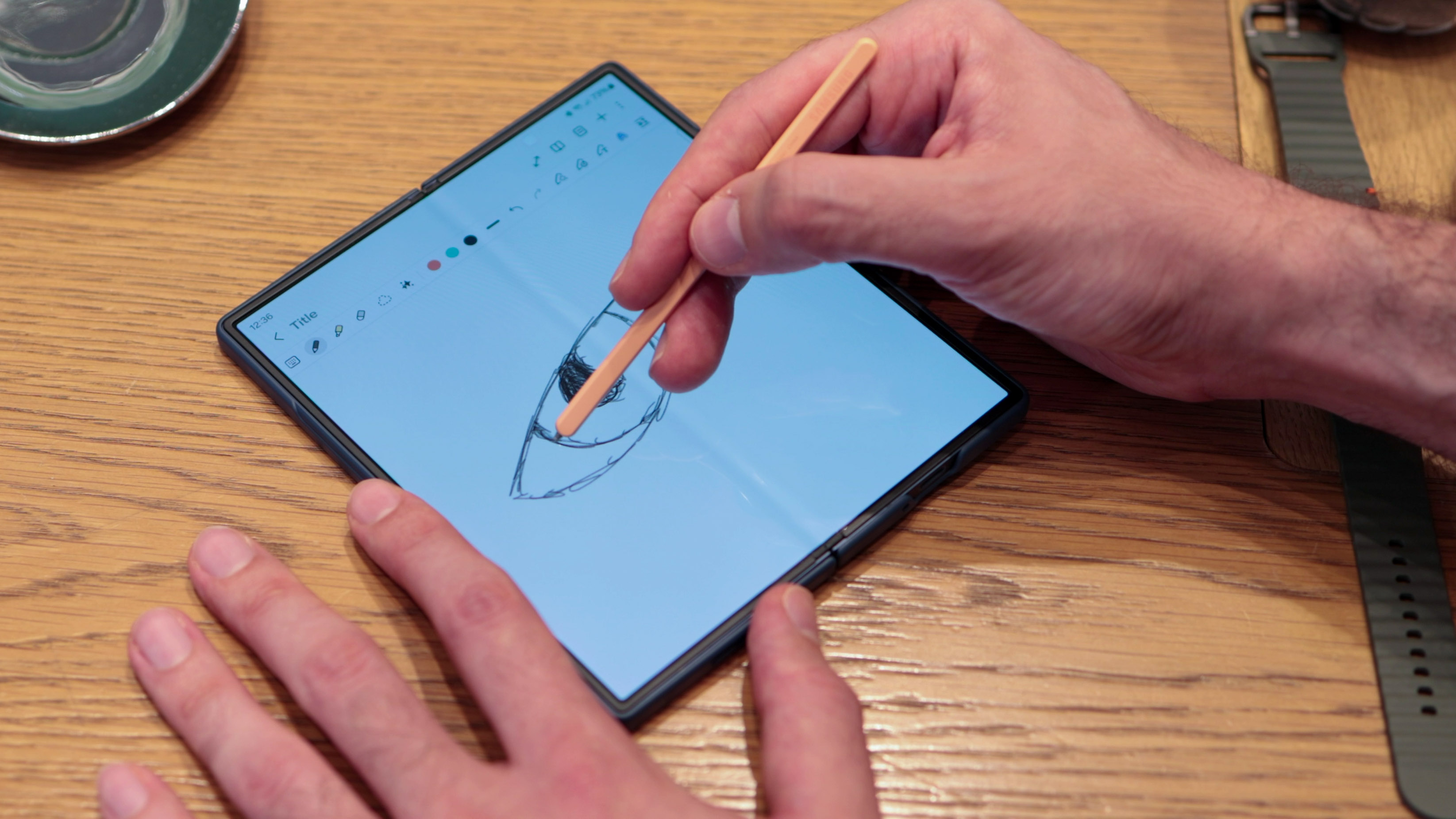
The Galaxy Z Fold 6 has had more of a design update than the Z Flip 6. It's a bit wider and shorter, so the cover screen feels a bit less stretched than past Z Fold phones, and the corners are more angular. As a result, it shares the same design DNA as the Galaxy S24 Ultra which is no bad thing.
The Z Fold 6 is also the lightest Z Fold to date, weighing 239g, though it isn't quite the lightest foldable, with both Honor and Oppo's alternatives weighing less. Available in Silver Shadow, Pink, and Navy, all finishes have matte back panels and metal frames, feel well-weighted on first impression, and are premium to the touch.
Just like the Z Flip 6, the Z Fold 6 is powered by a Qualcomm Snapdragon 8 Gen 3 for Galaxy and sports 256GB or 512GB storage, with the Fold also available in a 1TB model, with all options packing 12GB RAM.
The unfolded inner screen also supports S Pen input, and you can pick up a relatively slim-line case that stows the pen. It's a shame the S Pen doesn't work on the cover display like the Honor Magic V2's pen, though in our brief time doodling with it, pressure sensitivity and accuracy seemed on-point on the 7.6-inch main screen.
Price, availability and initial impressions
You can pre-order the Samsung Galaxy Z Flip 6 for $1,099.99 / £1,049 / AU$1,799 for the 256GB model and $1219.99 / £1,149 / AU$1,999 for the 512GB model.
The Galaxy Z Fold 6 starts at $1,899.99 / £1,799 / AU$2,749 for the 256GB model, costs $2,019.99 / £1,899 / AU$2,949 for the 512GB model, and $2,259.99 / £2,099 / AU$3,299 for the 1TB model.
The phones will be on sale from 24 July, 2024.
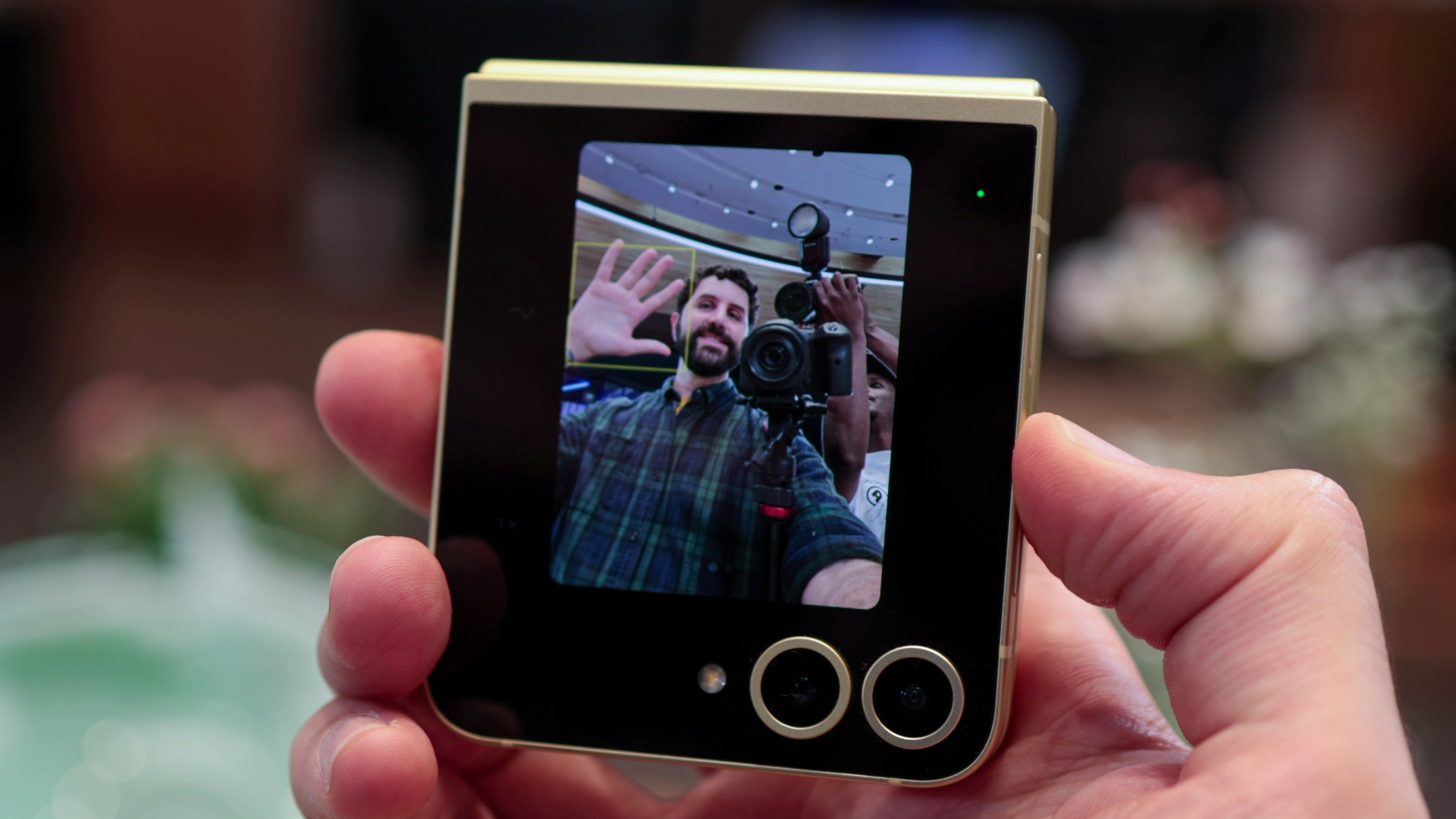
On first impression, the Galaxy Z Flip 6 and Z Fold 6 both seem like solid options and safe bets, but the hardware is a touch uninspiring when compared to the hottest foldables out now like the Vivo X Fold 3 (available in India and China), Honor Magic V2 and Motorola RAZR 50 Ultra.
Samsung does have some real advantages: its software and AI features are a cut above the rest in many respects, both foldables are IP48-rated water and dust-resistant, and on the subject of durability, Samsung has more repair centers globally than the competition.
When recommending a foldable, therefore, Samsung is a safe bet purely based on repairability, though fixing a Z Flip or Z Fold flexible display phone will still cost you a lot of money.
We're excited about the Z Flip 6's new cameras and the superior heat management as they were key shortcomings of the Z Flip 5. The Z Fold 6's new design feels much less dated than the Z Fold 5's, and the wider displays should work well in the real world.
The full reviews of both the Z Flip 6 and Z Fold 6 will be dropping in the coming weeks, and to scope out both phones' key competition, read our guide to the best flip and fold phones of 2024.
Basil Kronfli is a freelance technology journalist, consultant, and content creator. He trained in graphic design and started his career at Canon Europe before moving into journalism. Basil is also experienced in video production, independently running the YouTube channel TechEdit, and during his time at Future, he worked alongside the Digital Camera World team as a senior video producer.

